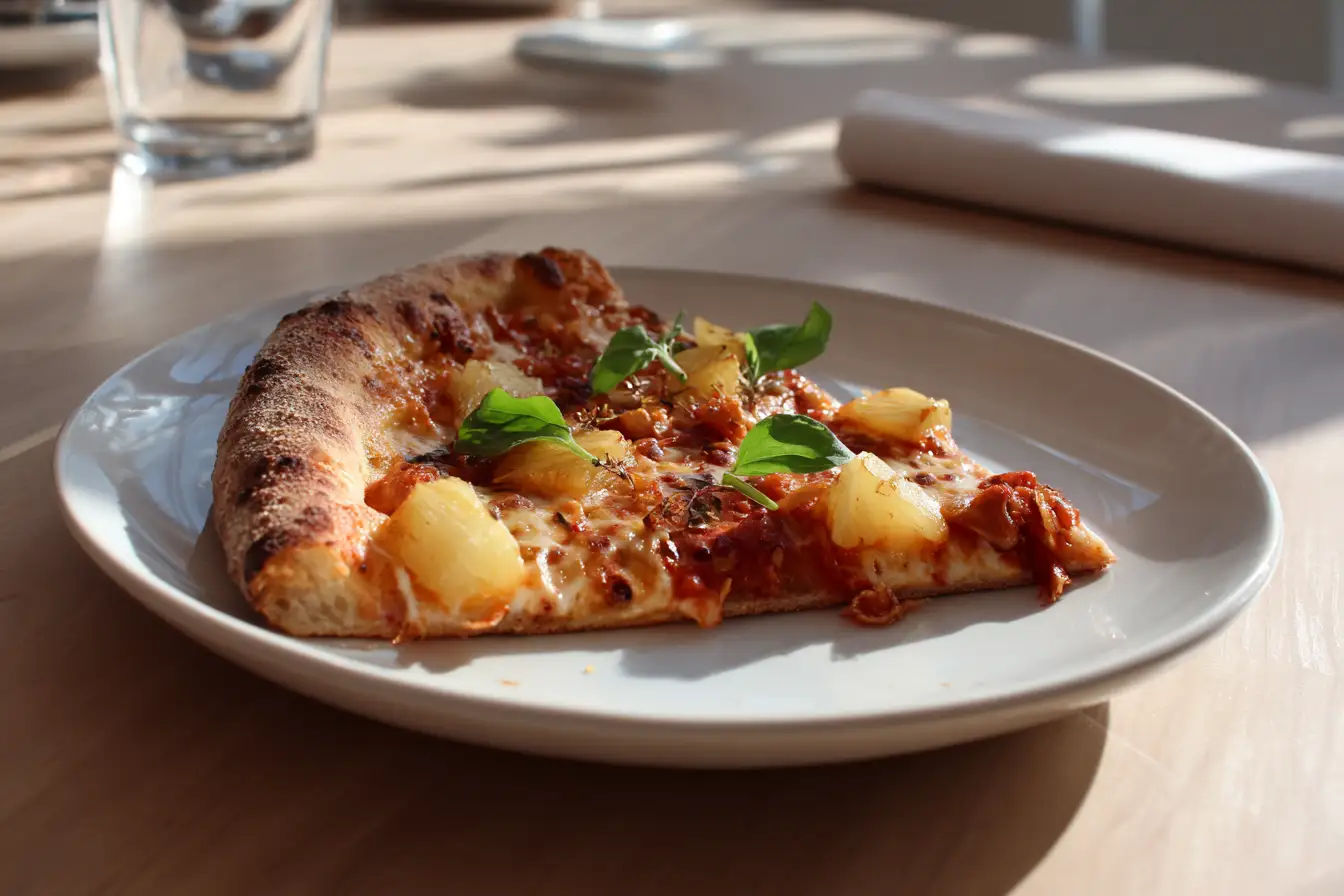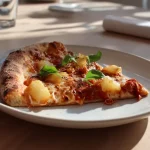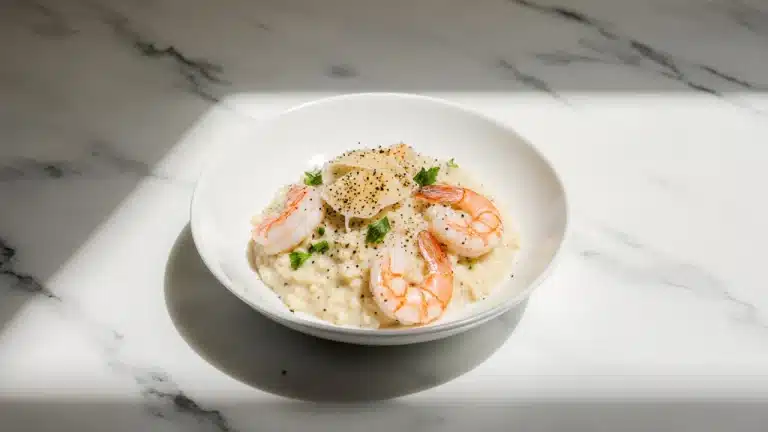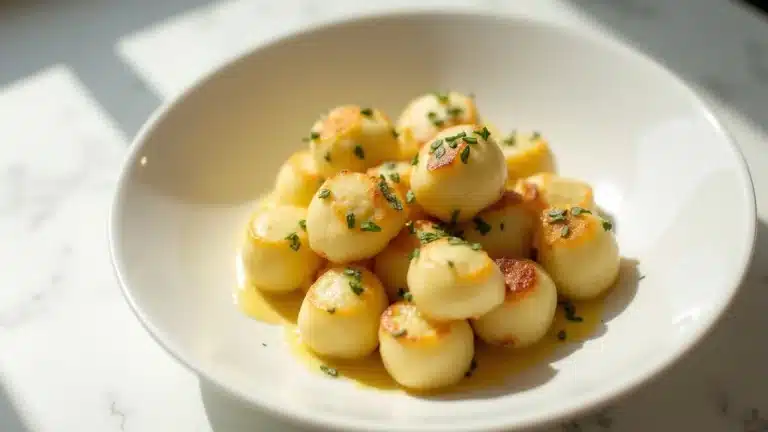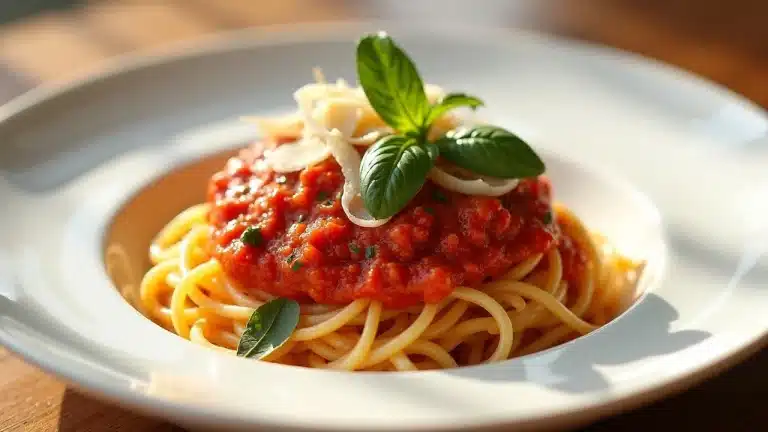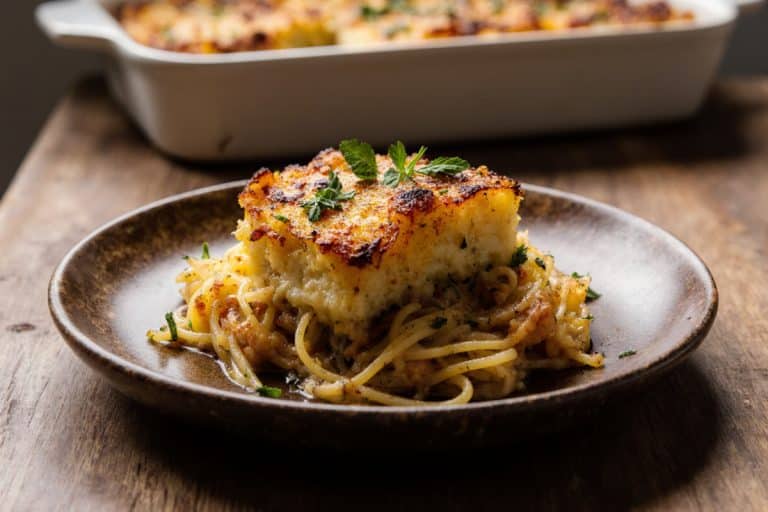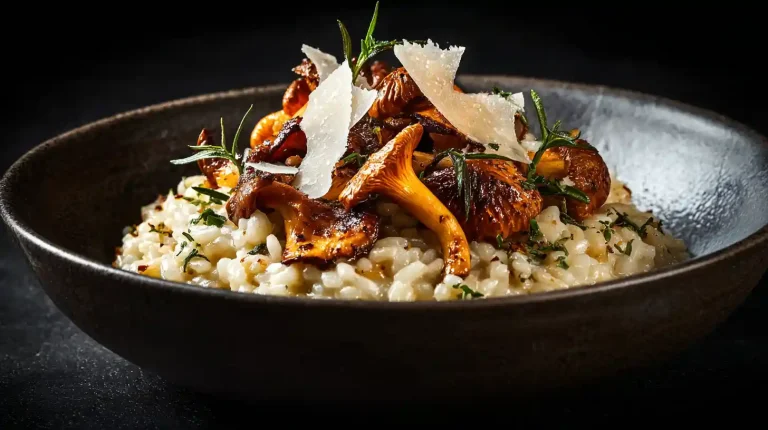Gordon Ramsay Pineapple Pizza: 5 Tips to Perfect Balance
I remember the first time I made pizza at home; I thought it was all about the toppings, so I piled on everything—even pineapple. The result? A soggy, unbalanced disaster that left my family chewing in silence. But then I stumbled upon gordon ramsay pineapple pizza advice, which taught me the art of flavor balance and emphasis on quality ingredients. Ramsay’s ‘flavor harmony’ technique transformed my cooking from chaotic to cohesive. Many home cooks overlook the importance of complementing flavors and textures, but Ramsay showed me that every element should work together, much like a symphony, not a jumbled mess.
Why This Technique Wins
The gordon ramsay pineapple pizza technique wins because it brings every flavor into perfect sync. Think of it as an orchestra; each ingredient plays its part. The crust must be crisp, the sauce vibrant, and the toppings—oh those toppings—must complement each other instead of fighting for the spotlight. With Ramsay’s method, you’ll achieve an ideal texture, where that slight chew from the crust meets the gooey, melty cheese, while every bite is a heavenly explosion of taste. Get this right, and you’ll have pizza worth fighting over!
What I Got Wrong, And Fixed
I’ve had my fair share of failures with pizza. Once, I dumped a mountain of pineapple on a wet blanket of dough, believing that it might be the secret to an extraordinary pizza. Spoiler alert: it wasn’t. The crust became a sad, sodden mess, and the flavor was all over the place. It was a lesson learned, and thankfully Ramsay swooped in like a culinary superhero to save my sanity. The fix? Proper preparation of my toppings and mastering how to balance moisture. No more creating soggy nightmares!
Tools That Actually Matter
Creating a killer gordon ramsay pineapple pizza means having the right tools in your kitchen. Here’s what you need:
- Mixing bowl: For combining that pizza dough, it’s got to be sturdy.
- Baking sheet or pizza stone: Critical for cooking with even heat—do not skip this!
- Rolling pin: To shape your dough evenly; no one likes a lopsided pizza!
The Ingredient Breakdown
Here’s what you need for your masterpiece:
- 2 cups (240g) all-purpose flour—this is the base, the canvas for your culinary art.
- 1 teaspoon (5g) salt—to enhance flavor and strengthen the dough.
- 1 teaspoon (4g) sugar—to help activate the yeast and give it that crispy exterior.
- 1 packet (7g) active dry yeast—don’t skimp on this; it’s the magic behind your crust’s rise.
- 3/4 cup (180ml) warm water—about the temperature of a comfy bath, for the yeast’s happy dance.
- 1 tablespoon (15ml) olive oil—to add flavor and richness; nobody wants dry pizza.
- 1 cup (240ml) pizza sauce—homemade if you can; store-bought if you’re feeling lazy.
- 2 cups (200g) shredded mozzarella cheese—this is the glue that holds it all together.
- Your choice of toppings—ensure you avoid overly watery options like pineapple unless properly prepared!
How to Make It Like Ramsay
To create your own pizza masterpiece inspired by gordon ramsay pineapple pizza, start by activating the yeast in warm water with sugar for about 5 minutes until frothy. Combine flour and salt in a bowl, form a well in the center, and add the yeast mixture along with olive oil. Mix until a dough forms and knead for about 10 minutes until smooth. Let it rise in a warm place until doubled in size, about 1 hour. Preheat your oven to its highest setting and position your pizza stone or baking sheet inside. Roll out your dough on a floured surface to your desired thickness and transfer it to a floured pizza peel or parchment paper. Spread a thin layer of pizza sauce, sprinkle with mozzarella, and add desired toppings, ensuring they aren’t too wet. Slide the pizza onto the hot stone or sheet, baking for about 10-12 minutes or until the crust is golden and cheese is bubbly. Slice it up and enjoy the transformations in flavors.
Busy Weeknight Adjustments
Don’t have time to deal with dough making? Grab a pre-made pizza crust or use store-bought pasta sheets. They’ll save you a ton of time while still allowing you to nail that gordon ramsay pineapple pizza flavor—just ensure you follow the baking times, and don’t overdo those toppings!
Variations That Actually Work
If you want to switch things up, consider a spicy take with jalapeños or a vegan option using plant-based cheese. One mouthwatering variation? Swap out the pineapple for roasted bell peppers for a rich sweetness! Keep those bursts of flavor coming.
Serving Tips That Impress
When plating your gordon ramsay pineapple pizza, slice it into perfect triangular pieces and serve with a drizzle of balsamic reduction for an eye-catching touch. Pair it with a simple arugula salad dressed in lemon to balance the richness of the cheese. Show your guests you took the pizza to the next level!
Real Questions, Real Answers
Q: Does Gordon Ramsay approve of pineapple on pizza?
A: Ramsay is famously critical of pineapple on pizza; he believes it clashes with the dish’s traditional flavors.
Q: Why does Gordon Ramsay dislike pineapple on pizza?
A: He thinks it doesn’t belong; it’s all about the balance of flavors, and he finds it disrupts harmony.
Q: What are some alternatives to pineapple on pizza?
A: Consider roasted vegetables like zucchini or bell peppers; they offer sweetness without the excess moisture.
What It Tastes Like When You Nail It
Picture this: when you nail the gordon ramsay pineapple pizza, the crust shatters with that perfect crunch, giving way to warm, gooey cheese and a burst of flavor from the carefully selected toppings. Each bite is a delightful balance of textures and tastes, from the savory richness of the sauce to the slight kick on your taste buds. You’ll find yourself in flavor bliss, wanting more!
Now It’s Your Turn
You’ve got the tools and the technique—now make Ramsay proud. For more bold classics, check out our pasta and rice dishes.
Gordon Ramsay Inspired Pizza
Ingredients
Equipment
Method
- Activate the yeast in warm water with sugar for about 5 minutes until frothy.
- Combine flour and salt in a mixing bowl.
- Form a well in the center and add the yeast mixture along with olive oil.
- Mix until a dough forms and knead for about 10 minutes until smooth.
- Let it rise in a warm place until doubled in size, about 1 hour.
- Preheat your oven to its highest setting and position your pizza stone or baking sheet inside.
- Roll out your dough on a floured surface to your desired thickness and transfer to a floured pizza peel or parchment paper.
- Spread a thin layer of pizza sauce, sprinkle with mozzarella, and add desired toppings.
- Slide the pizza onto the hot stone or sheet, baking for about 10-12 minutes or until the crust is golden and cheese is bubbly.
- Slice it up and enjoy the transformations in flavors.

